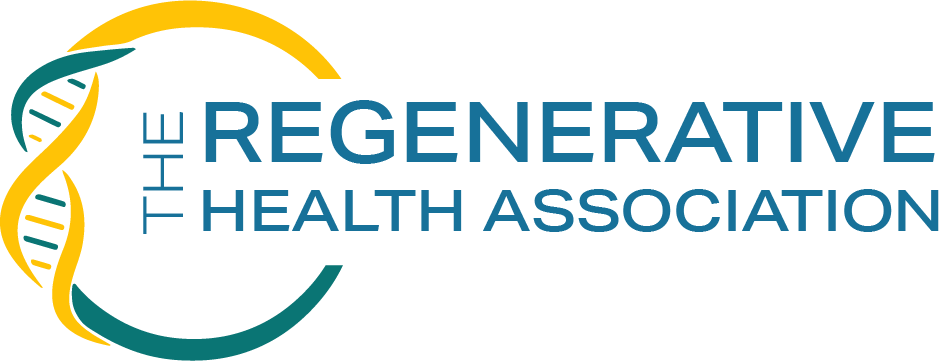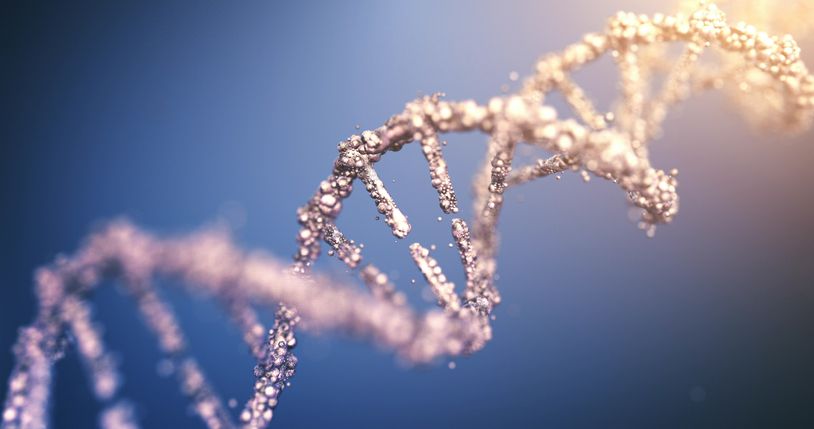Rheumatoid arthritis (RA) is a systemic autoimmune disease characterized by synovitis and joint erosions. It affects approximately 1% of the adult population in a female/male ratio ranging from 2:1 to 4:1. RA is an insidious disease, typically having an onset of symmetric joint swelling and reaching a peak incidence in the fourth and fifth decades. Extraarticular manifestations include pulmonary, ocular, and vascular disease. The etiology of RA remains unknown. Attempts to discover infectious causes have proven unsuccessful, although environmental influences may trigger a response leading to the development of this autoimmune disease. Genetic associations have been identified, particularly with the major histocompatibility complex class II antigens. Furthermore, twin studies have shown a 30%–50% concordance rate for monozygotic twins. Approximately 70%–80% of patients with RA have rheumatoid factor present in the blood, although its role remains unclear. Hormonal status may influence RA. The majority of RA patients are women, and in 75% of them, the disease improves during pregnancy. RA has significant financial and social implications associated with treatment costs, lost wages, disability, and increased mortality. Mainstays of medical therapy have included non-steroidal anti-inflammatory and immunosuppressive agents, such as prednisone and methotrexate. Recent advances in the treatment of RA include specific inhibitors of cyclooxygenase II, T cells, blood vessels, cytokines (such as tumor necrosis factor-α [TNF-α] or interleukin-1 [IL-1]), and adhesion molecules. Additional studies are ongoing with combination interventions. It is anticipated that a better understanding of the basic pathophysiologic mechanisms critical in RA pathogenesis will provide more precise and efficacious therapy.


